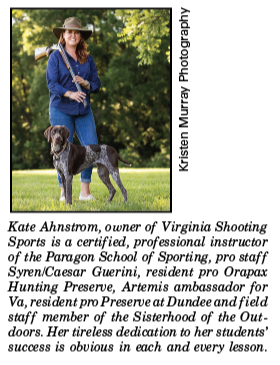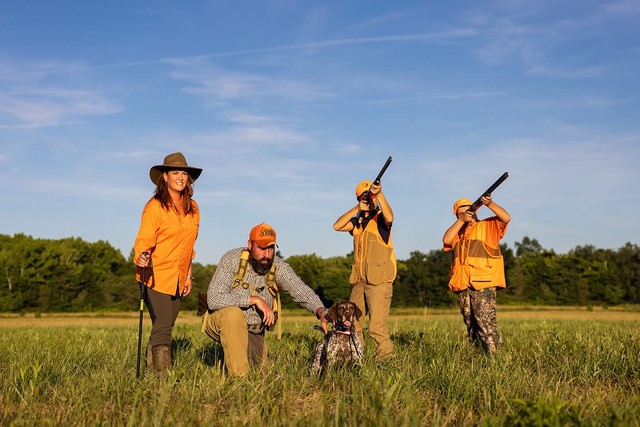Thank you, sweet baby Jesus! The hunt season is back in, and the hinges of hell heat and humidity are on the way out. If you have been listening to the Two Minute Tips in my podcast lately, you’ve noticed that they are very hunt-centric with some excellent tips on having greater success in the field. In this month’s article, we take a closer look at how to “Hunt for Success”.
First, practice makes perfect. Remember last month’s article? It was all about the difference in training (learning a new skill set), practicing (getting good at that new skill), and shooting (enjoying the fruits of that hard work and dedication!). So, have ya? Have ya gotten the trusty ol’ gal out of the gun safe and put in a few hours of dedicated practice so you can better enjoy your shooting? NO?! Well, get to it. If for no other reason than to take a few moments to make certain that everything is in good working order. The worst thing that can happen is you forgo all of the pre-hunt prep, pull your gun out of the safe, head to the field and it goes “click” not “bang”. At that point, it’s a little too late.
Now, I assume that ALL of you have been going to the course and getting in some great practice sessions, maybe I’ve even seen you for a lesson or two. But have you taken the time to practice with hunt specific equipment? In other words, with dove season opening up this month, have you practiced shooting from a seated position? This is wonderful especially since the arduous task of trying to rise without flaring the birds is difficult at best. This is often a daunting exercise for most students. Until they actually try it and realize just how easy it is to implement.
In the dove field, you will notice the majority of birds utilizing 3-4 flyways which are typically closer to corners or pinch points of hedgerows that line the field. Select 1 or 2 of these flyways and while seated on your bucket/stool, turn yourself so that you are angled to the flyway. For example, if the flyway is located on the left side of you and you are a right-eye shooter, you need to have your belly button facing farther to the right. This will allow you to smoothly mount your gun and swing very freely from deep in that far back left corner all of the way out into the middle of the field with minimal movement. If you’re a left-eye shooter, then do the opposite. The bucket seats that swivel all of the way around are fantastic and really allow you to maximize your position and shooting window.
Second, when it comes to dove, you need to be one with the background. I love to get into a hedgerow or wood line. Not only because it’s cooler in the shade but it offers great cover! If I happen to draw a spot in the field, then I will try to select a spot that has a good stand of corn or sunflower to break up my outline. For some reason, I never have an extra blind. They are already deployed on hunt leases for deer season. One year, I may get smart and purchase one just for dove. Oh, only wear browns or greens. Blue is a death sentence. For your luck that day not the birds. Camouflage or any shades of brown or green are wonderful to help “brush” you into the landscape and hide your presence on the hunt field.
The longer you can wait before you move, the better your chances of bringing down not only that bird, but his little birdie buddy. Too many times I see birds flying right towards a fellow hunter on the field and way too early, that person jumps excitedly to their feet, the birds flare and someone else gets the shot. Take your time. Slow down. I preach this day in and day out regardless of whether you are shooting clay or feather. The birds really don’t care when they die. They’re just trying not to and your jumping wildly to your feet and moving erratically gives them all the reason they need to avoid you like the plague.
Finally, dove fields by default put hunters shooting across to each other, often volleying BBs back and forth. Wear a hat for the lead rain. Don’t be nervous, it’s very light and most of the energy has left the shot pattern but it still stings the bare head. This is also why you NEVER shoot unless you can see sky. Otherwise, you are putting someone’s life at risk. Don’t become bird blind and ALWAYS know your background! When you shoot with a hat, make sure to push the brim back on your head a bit to open up your field of view. Pulling it down tight on your head will create a narrow visual tunnel and cut off a lot of your sight picture. Sunglasses are a great idea but be wary of bright colored, reflective lenses. They can spook the birds.
Share this season with a friend or family member. Show them why you love the sport and encourage them to try something new! Best of luck to everyone this season and be sure to share your success on our social media!




